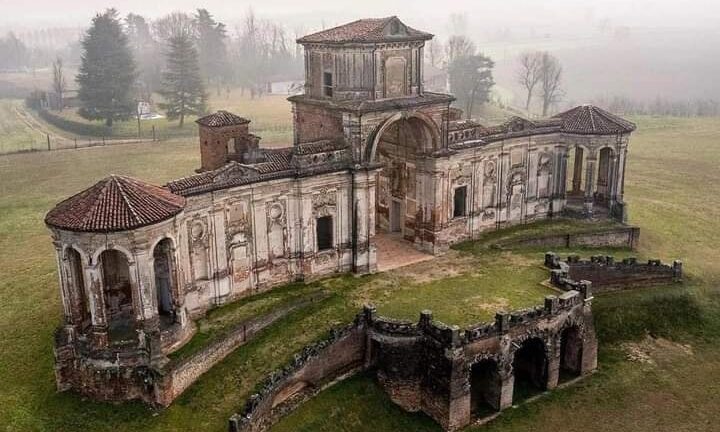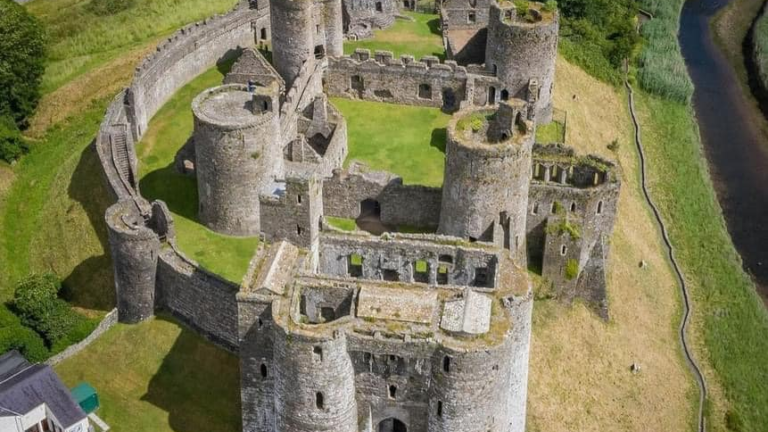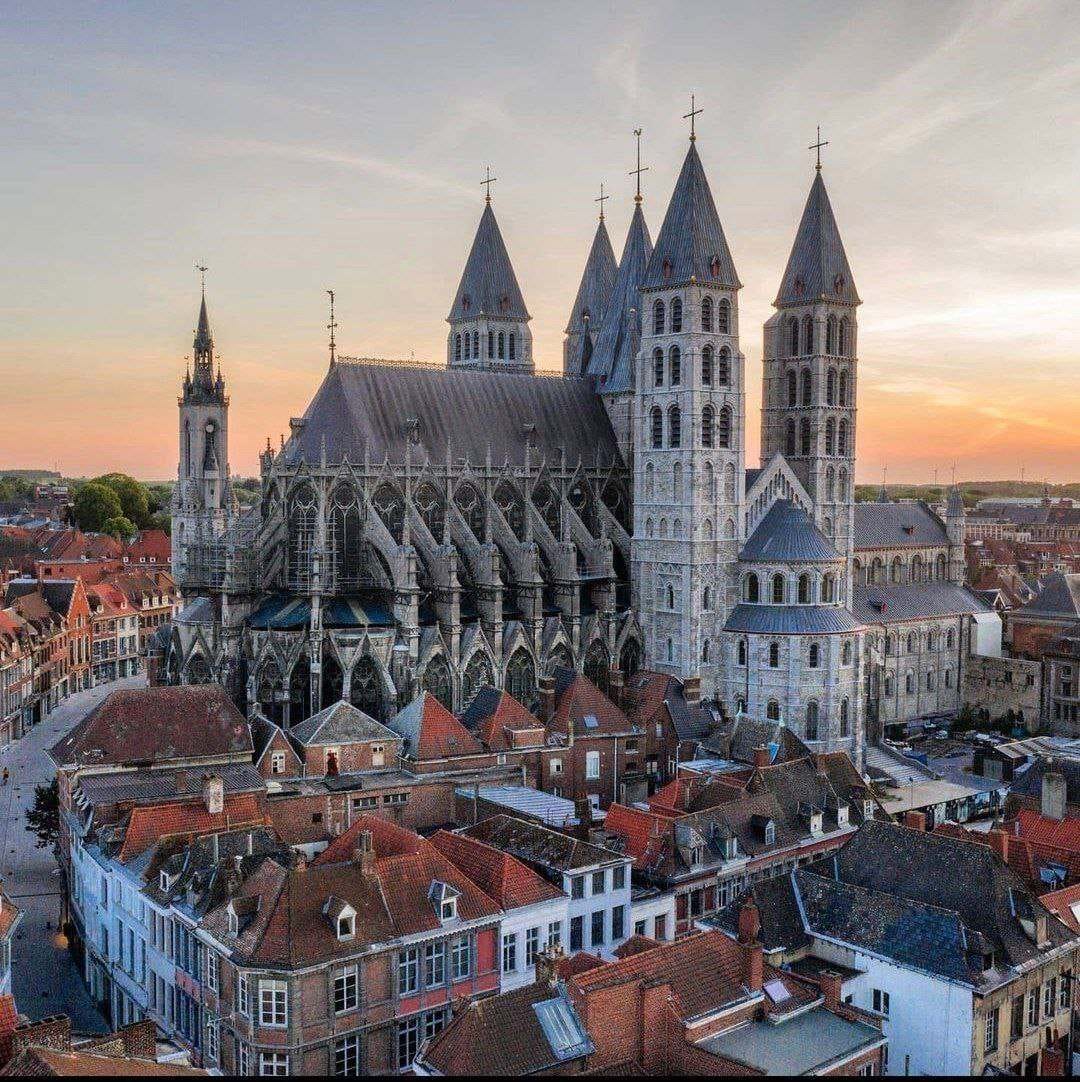Stirling Castle, situated in the heart of Scotland, is one of the country’s most historically significant and visually striking fortresses. Perched atop Castle Hill in Stirling, this castle has played a pivotal role in Scotland’s history, serving as a royal residence, military stronghold, and a symbol of national pride.
Stirling Castle’s origins date back to the early 12th century, though its strategic location atop a volcanic rock has made it a site of importance since ancient times. The castle’s position offers a commanding view of the surrounding countryside and the nearby River Forth, making it an ideal defensive location. The castle gained prominence in Scottish history during the Wars of Scottish Independence. It was the site of several crucial battles, including the Battle of Stirling Bridge in 1297, where William Wallace and Andrew Moray defeated the English forces. The castle changed hands multiple times during this period, reflecting the intense struggles for control over Scotland.
Stirling Castle is renowned for its blend of medieval and Renaissance architecture, reflecting its long history and various phases of construction. Key architectural highlights include:
1. The Great Hall
Constructed in the late 15th century during the reign of King James IV, the Great Hall is one of the largest and best-preserved medieval halls in Scotland. The hall features an impressive wooden roof, intricately decorated with heraldic symbols, and was used for grand banquets and state events.
2. The Royal Palace
The Royal Palace, completed in the early 16th century, was a luxurious residence for the Scottish monarchy. The palace is renowned for its ornate stonework and colorful exterior, which contrasts with the more austere medieval elements of the castle. The palace contains a suite of rooms, including the King’s and Queen’s apartments, which were designed to showcase the opulence of the Scottish court.
3. The Chapel Royal
Built in the early 16th century by James IV, the Chapel Royal served as a place of worship for the royal family. The chapel features a beautifully decorated interior with intricate woodwork and stained glass windows.
4. The Fortifications
Stirling Castle’s fortifications include thick defensive walls, a complex system of gates, and a formidable entrance. The castle’s defenses were continuously updated over the centuries to reflect advances in military technology and the changing nature of warfare.
Historical Significance
Stirling Castle has been a focal point of Scottish history, serving as a royal residence for many Scottish monarchs, including Mary, Queen of Scots. It was here that she was crowned queen in 1543. The castle also witnessed significant events such as the birth of James VI and the Scottish Parliament’s meetings.
Preservation and Visitor Experience
Today, Stirling Castle is managed by Historic Environment Scotland and is open to the public. Visitors can explore the castle’s richly decorated rooms, learn about its history through interactive exhibits, and enjoy the stunning views from its ramparts. The castle hosts various events and reenactments throughout the year, including historical tours and medieval festivals.
The castle’s well-preserved state allows visitors to experience the grandeur of Scotland’s royal past. The surrounding grounds and gardens provide a scenic setting for leisurely walks and reflection.
Stirling Castle stands as a monumental symbol of Scotland’s rich heritage and turbulent history. Its impressive architecture, historical significance, and scenic location make it a must-visit destination for history enthusiasts and travelers. The castle offers a vivid glimpse into Scotland’s medieval and Renaissance eras, showcasing the country’s regal past and enduring cultural legacy. Whether exploring its grand halls, admiring its defensive features, or enjoying the panoramic views, a visit to Stirling Castle is a journey through Scotland’s storied past and architectural splendor.


